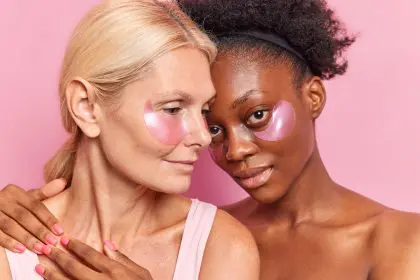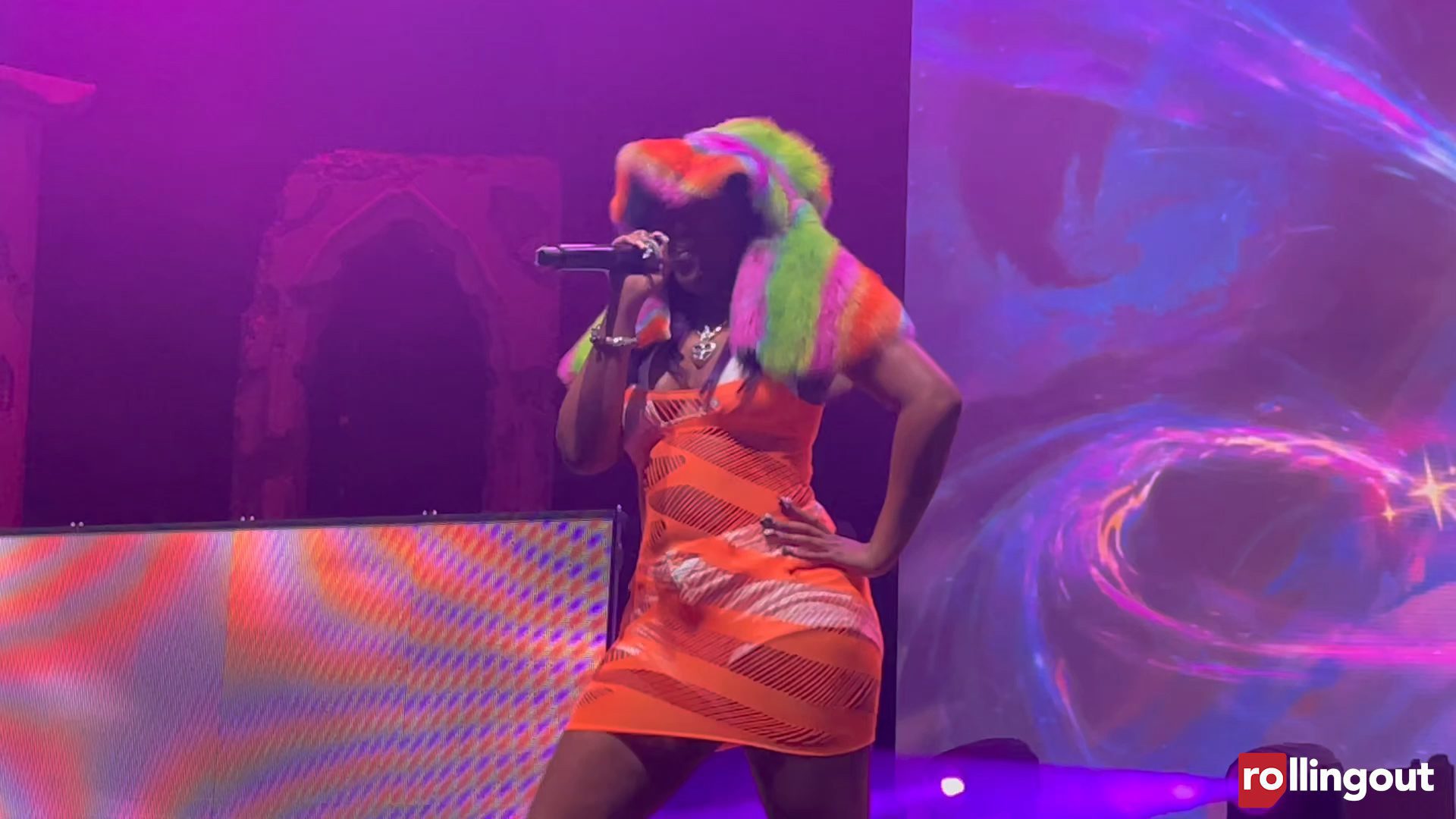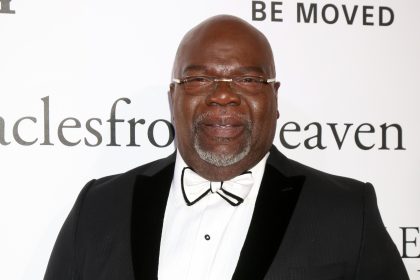
Monumental advances in technology and how news is gathered and reported, make technologically savvy journalists a highly sought after commodity in newsrooms across the country. AOL BlackVoices vice president Tariq Muhammad — an industry leader who is highly respected for his ability to keep his finger on the pulse of news, entertainment and culture in the African American community — discussed news trends and the ever changing face of the news business at the annual Essence Music Festival in New Orleans recently.
In a rolling out exclusive with Muhammad Walker, the accomplished newsman and former director of interactive media for BlackEnterprise.com, explained that Internet accessibility means that with a few simple clicks of the mouse, viewers are more in control than ever of what is reported and how much space is devoted to a person or topic. Advances in information distribution coupled with the public’s demand for up-to-date news in an increasingly mobile platform, guarantees that the future of news outlets will largely be determined by how well they keep pace with viewer needs. –terry shropshire
The information superhighway has changed traditional reporting forever, talk about that.
The internet has really changed [reporting] because information moves a lot faster. Not only do we have to be accurate and fast, it’s made us a lot more diligent. People expect to have a lot of great content. It needs to be factual, it needs to be well written and it needs to be quick. So we have to stay on it. We’re a 24 hour news organization. People expect that, they deserve it, so that’s what we do.
How do you reconcile trying to get stories up quickly to beat out your competitors, with trying to produce quality and accurate pieces?
One of the things we do to get things up to beat out our competitors, is we have to be better at reaching out and getting information from our sources in ways we didn’t have to do before. Before we had a day lead time. Now it’s an hour lead time. So sometimes we have to say that ‘we reached out to so and so,’ and put that in the story.
What do you see as some of the trends in modern journalism?
When we look out, we see the proliferation of mobile devices. One of the things we’re doing now is wrapping up our mobile architecture so we can be more mobile more quickly – whether it’s an iPad, whether it’s an Android, whether it’s an iPhone – whatever the case may be. People want their information to come to them wherever they are. One of the things we’re doing is aggregating social media outlets with Aol Lifestream—not just Twitter and Facebook — because social media continues to evolve we want to help people manage it from one place.
How have you helped BlackVoices in staying out in front of what the public wants to read and visualize?
One of the things that we are firmly focused on is delivering what they want. I think that if we write a great story but no one cares, then it doesn’t matter. They vote by their clicks. They vote by coming to the site. Over 4 million people come to the site every month. They vote by leaving comments, saying ‘we liked this story’ or ‘we didn’t like this story.’ And we’ve really been able to do our research. Another thing is that our editors get out in front of trends. So they know they can come to AOL BlackVoices and get those things first — or if not first, then we can give them the broad perspective of what’s going on.










